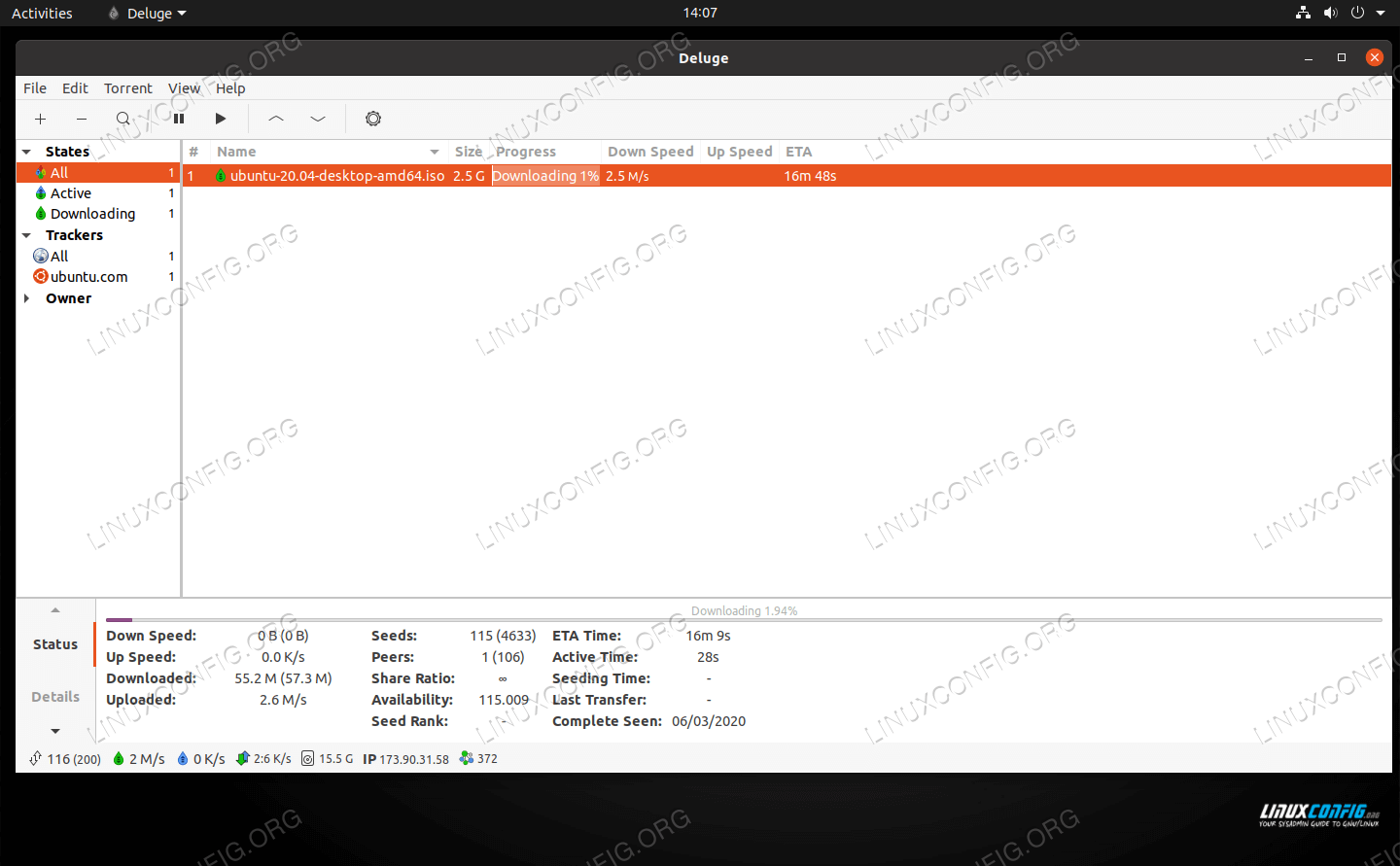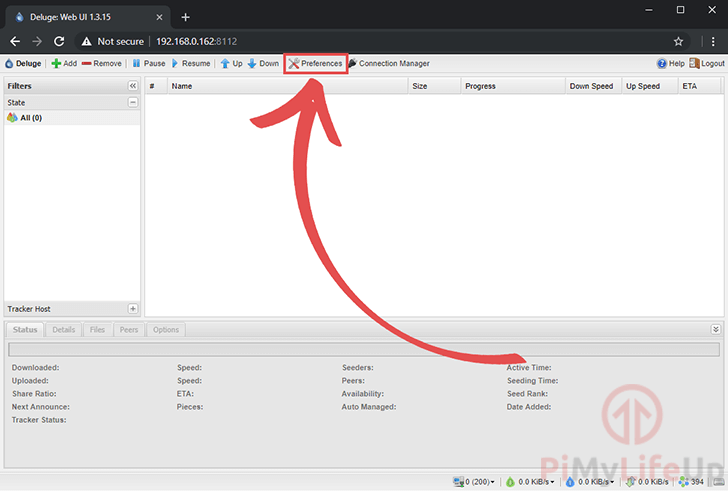
- #Deluge client seeding even after i set it not to update#
- #Deluge client seeding even after i set it not to full#
- #Deluge client seeding even after i set it not to software#
Super-seeding and A tracker is what you need todo hosting torrent well. hosting torrent that is not the same a create torrent.Ī lot of users never need to host a torrent even if they create torrents. The wikipedia at least has you looking at the ones that stand a chance.
#Deluge client seeding even after i set it not to update#
Maybe the Wikipedia needs a update on that point.

Last time I used Deluge over 12 months ago it was still having trouble with sock5 proxies. So someone added a tracker plugin? I have not seen that. But to be top of top of features it still missing some useful bits like proxy support. One day Deluge might add tracker support.ĭeluge has a lot of nice saving grace features such as daemon support. Yes moving to Deluge is a step in the right direction of quality.
#Deluge client seeding even after i set it not to software#
When you get down to software that works there is normally 1 or 2 in most cats that are worth anything. This is why I tell people wikipedia compare sites are great. Even Ktorrent can be trouble on some setups. Once you get under the features Ktorrent has you start running into trouble. Its lacking a lot of things that make it trouble these days. (forgot hosting torrent from this point on) Linux the ones in bittorrent worth anything in order best to worst feature wise.
#Deluge client seeding even after i set it not to full#
Yet qbittorrent has full hosting support. Take key note libtorrent (Rasterbar) is the same engine behind both qbittorrent and Deluge. Hundreds of x I find as the universal excuse not to look.ĭeluge biggest weakness is if you want to host a torrent. There is a list of about 10 that are worth anything across all platforms. I think that many previous legacy OS users who are looking for an alternative to uTorrent, will enjoy the simplicity and power of this lovely python-written app. It’s pretty straight-forward and does the job very well. There is nothing much else to say about Deluge. I especially like this one which shows a nice graph in the GTK client and also the scheduler plug-in. Other noticable features are a WebUI interface, and a fair amount of plug-ins. Further configurations are possible using config.(type help for a full list of available commands). Now adding torrent files is just as easy as a add torrent-file-path.

However, on the console, you first have to start the daemon by deluged command and then execute the CLI client using deluge-console. If you want to use the GUI, you probably don’t have to worry about any of these daemon, client stuff. Nevertheless, most users including me may just prefer to run the daemon on a local system since my torrent needs are not very high.

This kind of design makes Deluge an excellent choice for those who want to run it over a network or especially those who want to build a headless system.

That is, Deluge comprises two distinct part: Daemon(the core part) and the Client. I was elated as soon as I found out that the program comes with a neat command-line interface whjch satisfies the appetite of CLI lovers:ĭeluge share the same design that lies behind MPD and MPD clients. However, soon I discovered that was just half of the story. However, quite recently, I made yet another great discovery: Deluge.Īt first, Deluge struck me as being more suitable for graphical users. On my Debian installation, I’ve been ecstatic with rtorrent since it’s been a solid solution for my torrent needs. Torrents have been my best companions for downloading GNU/Linux distributions, free-to-share movies, and creative-common music.


 0 kommentar(er)
0 kommentar(er)
